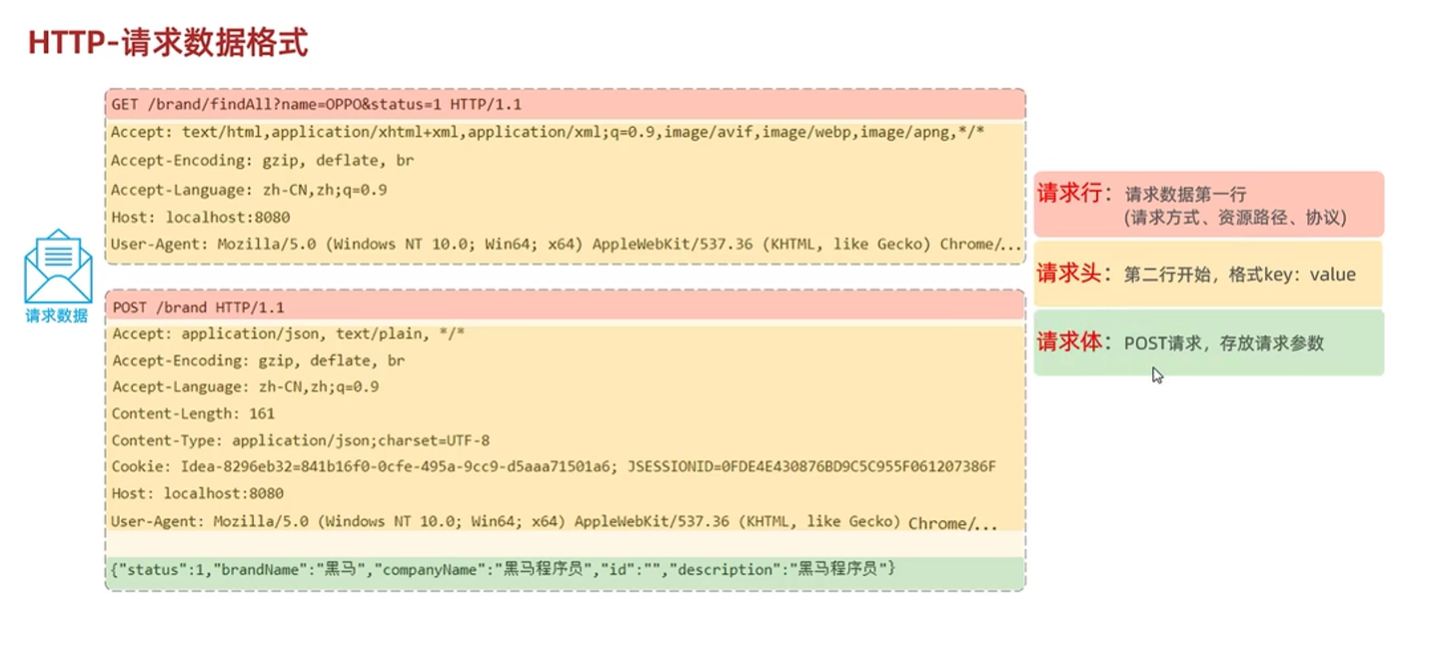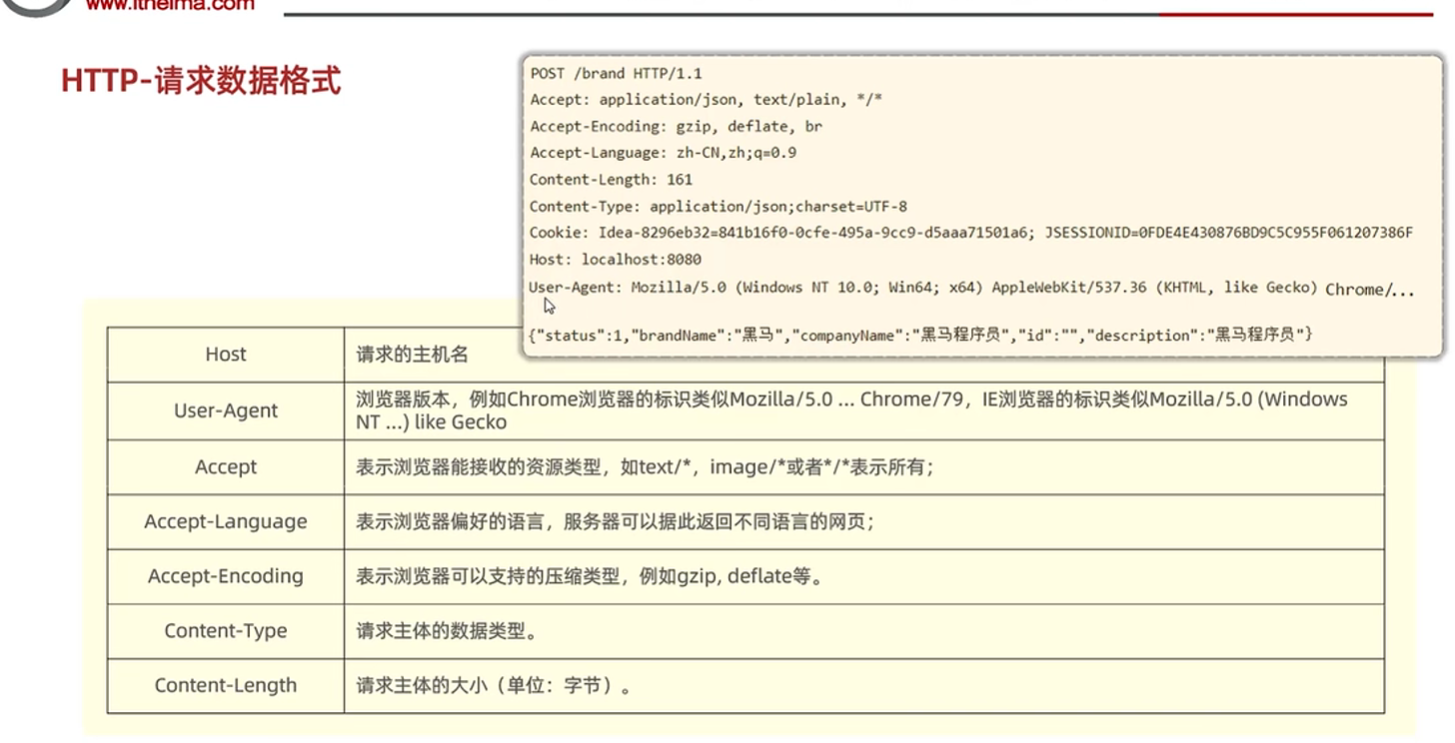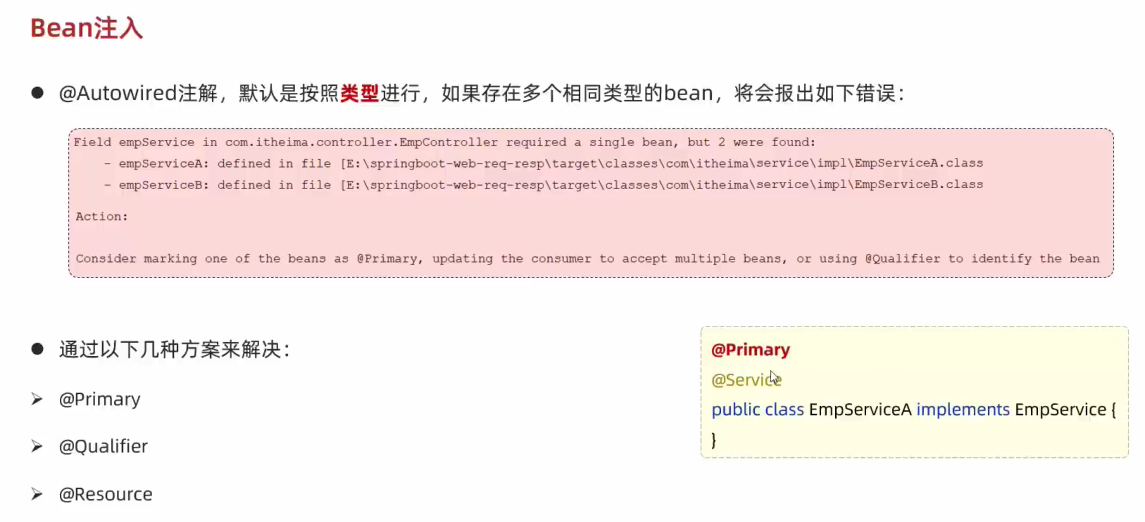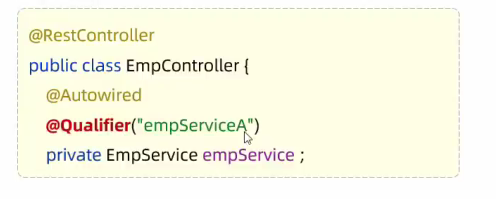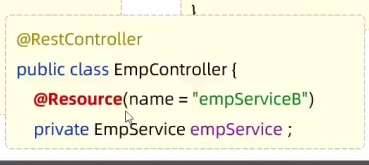Springboot和postman的使用
文章目录
- 1.入门
- 2.创建项目
- 3.HTTP
- 4.请求响应
- 5.简单参数的接收
- 6.实体参数的接收
- 7.数组集合参数
- 8.日期参数
- 9.JSON参数
- 10.路径参数
- 11.响应
- 12.分层解耦
1.入门
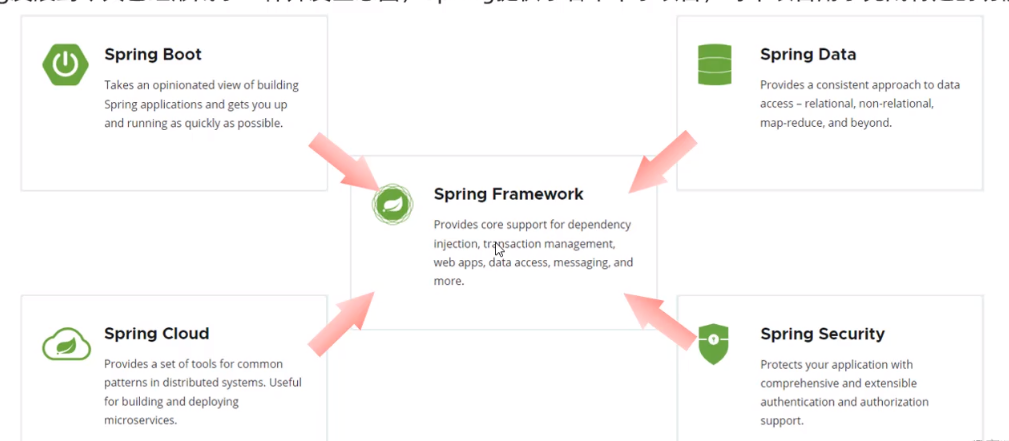
- Spring Boot : 快速方便地构建出一个Spring程序
- Spring Framework :Spring框架,最底层最基础的框架
- Spring Data : 封装了一系列访问数据库的技术
- Spring Cloud : 用来构建微服务项目
- Spring Security : 安全框架
2.创建项目
- 1.
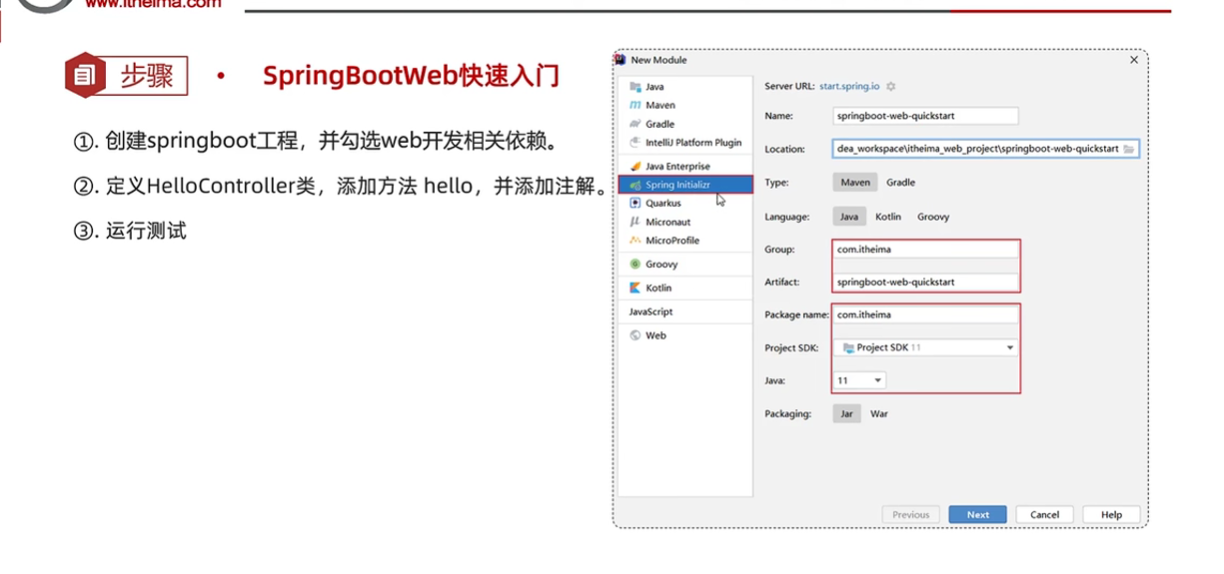
- 2
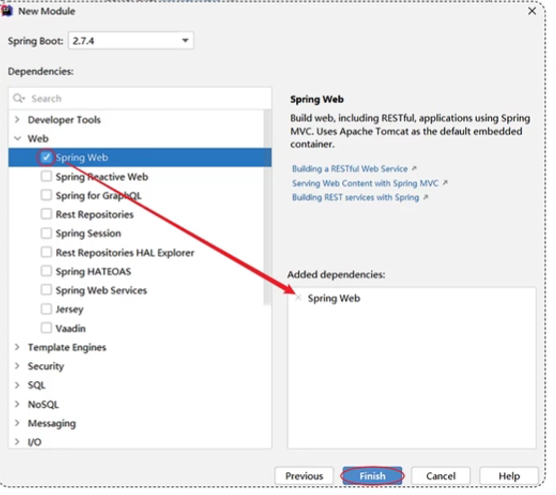
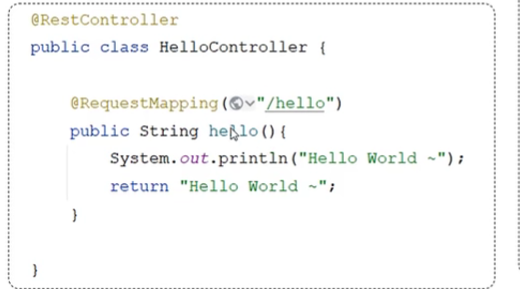
- 3.创建好后,有些文件可以删除

3.HTTP
- http协议概述
- 响应协议
-

-
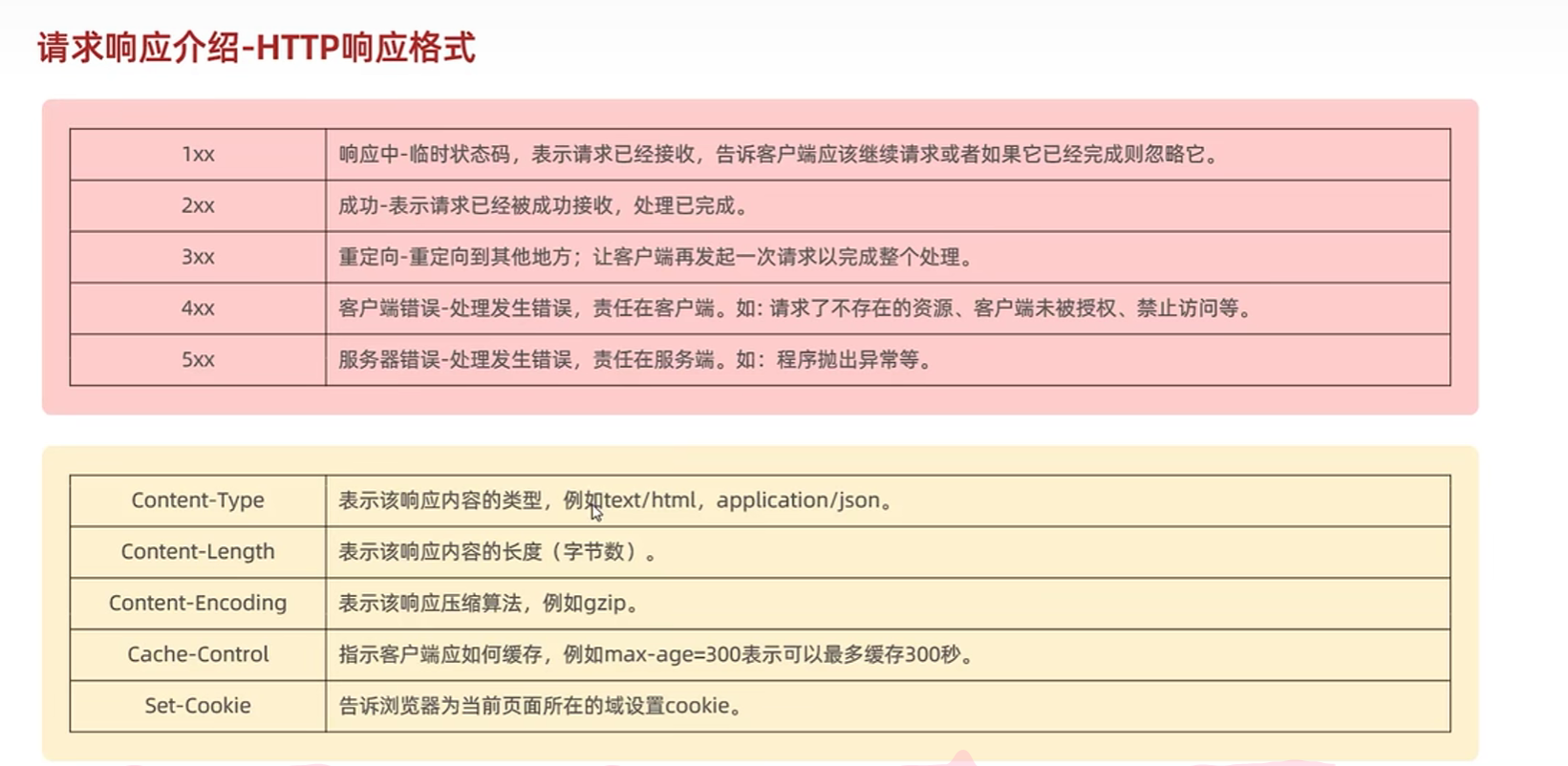
-
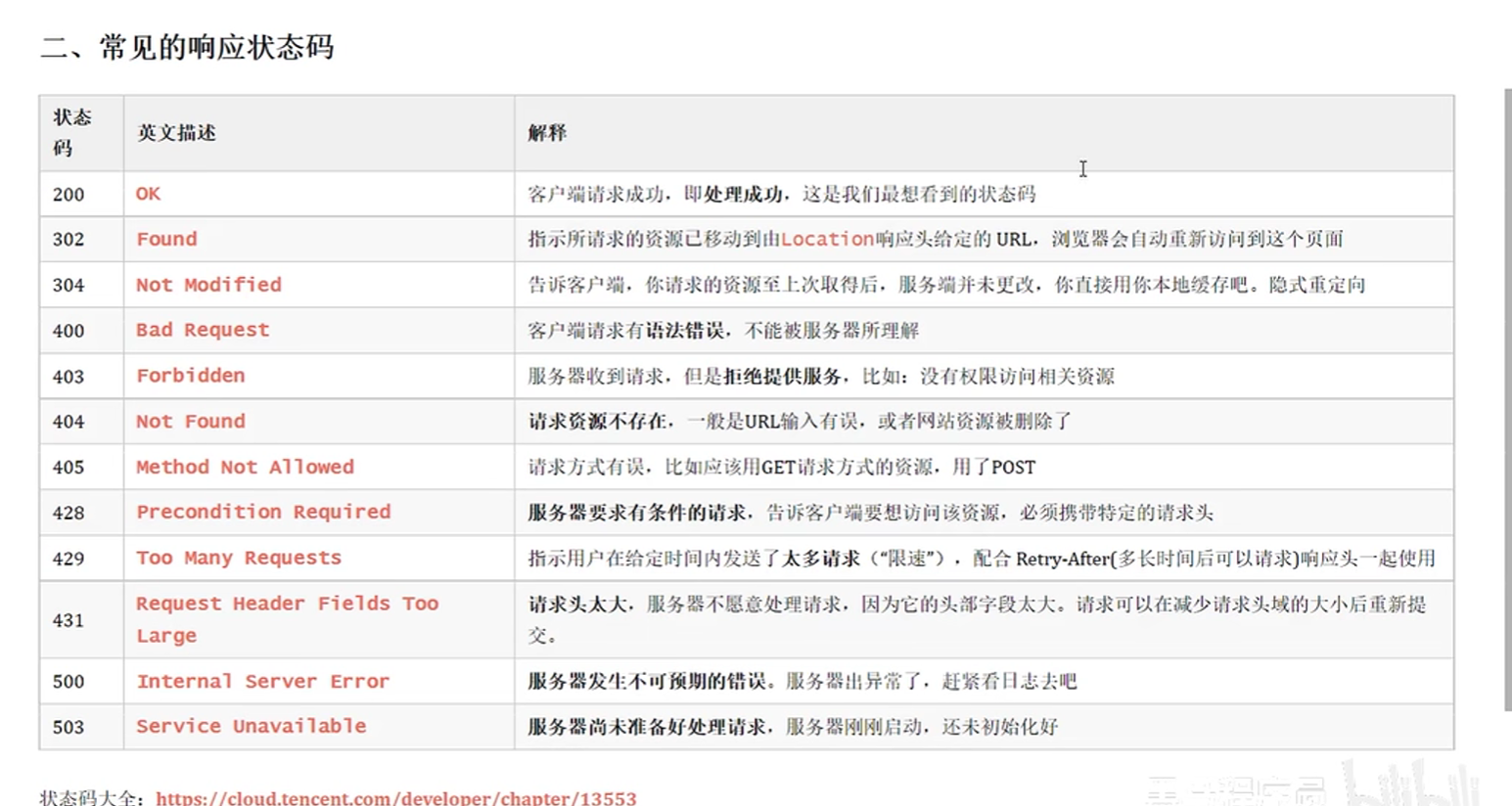
-
web服务器

-

-
Tomcat介绍
-

-

-
启动
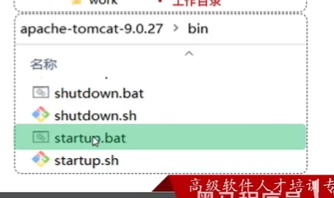
-
打开tomcat出现的问题:

-


-
双击startup.bat闪退的解决方法
-

-

-

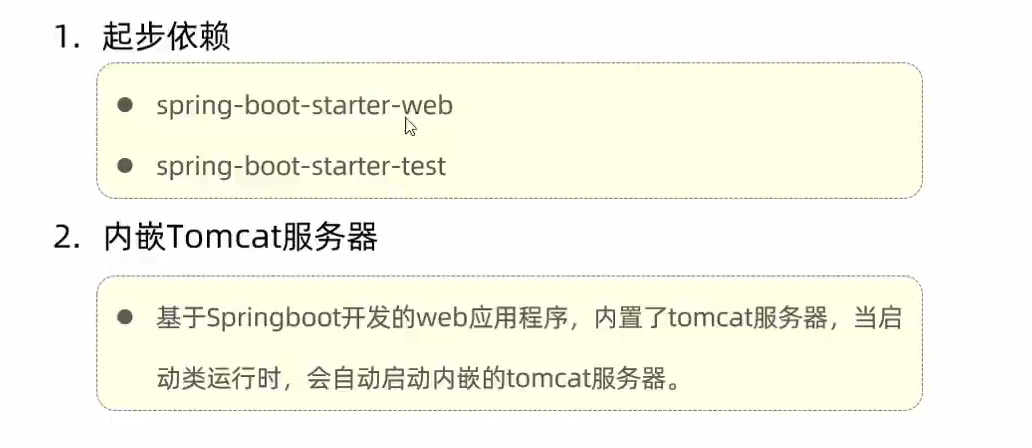
-
-
4.请求响应
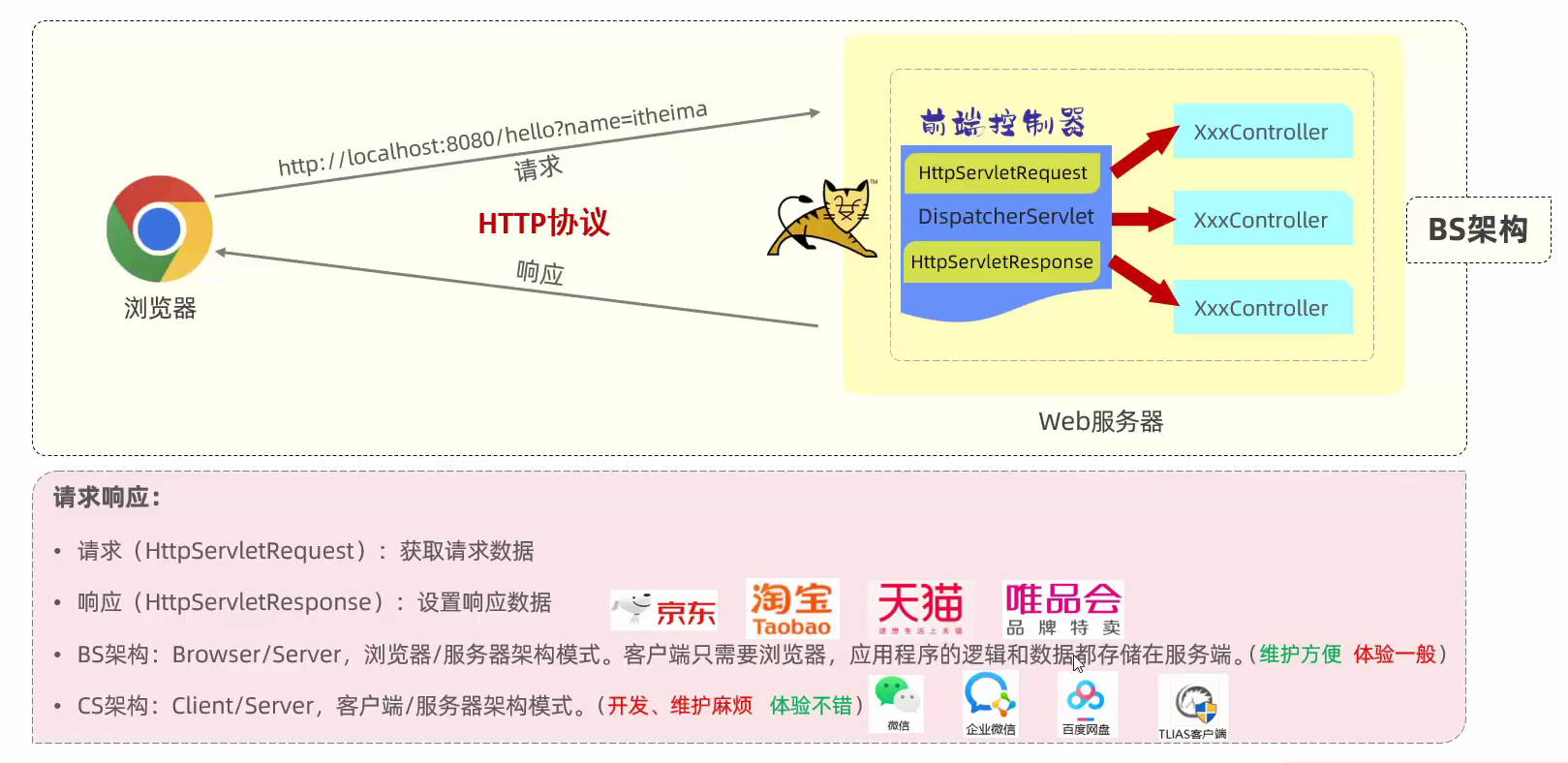
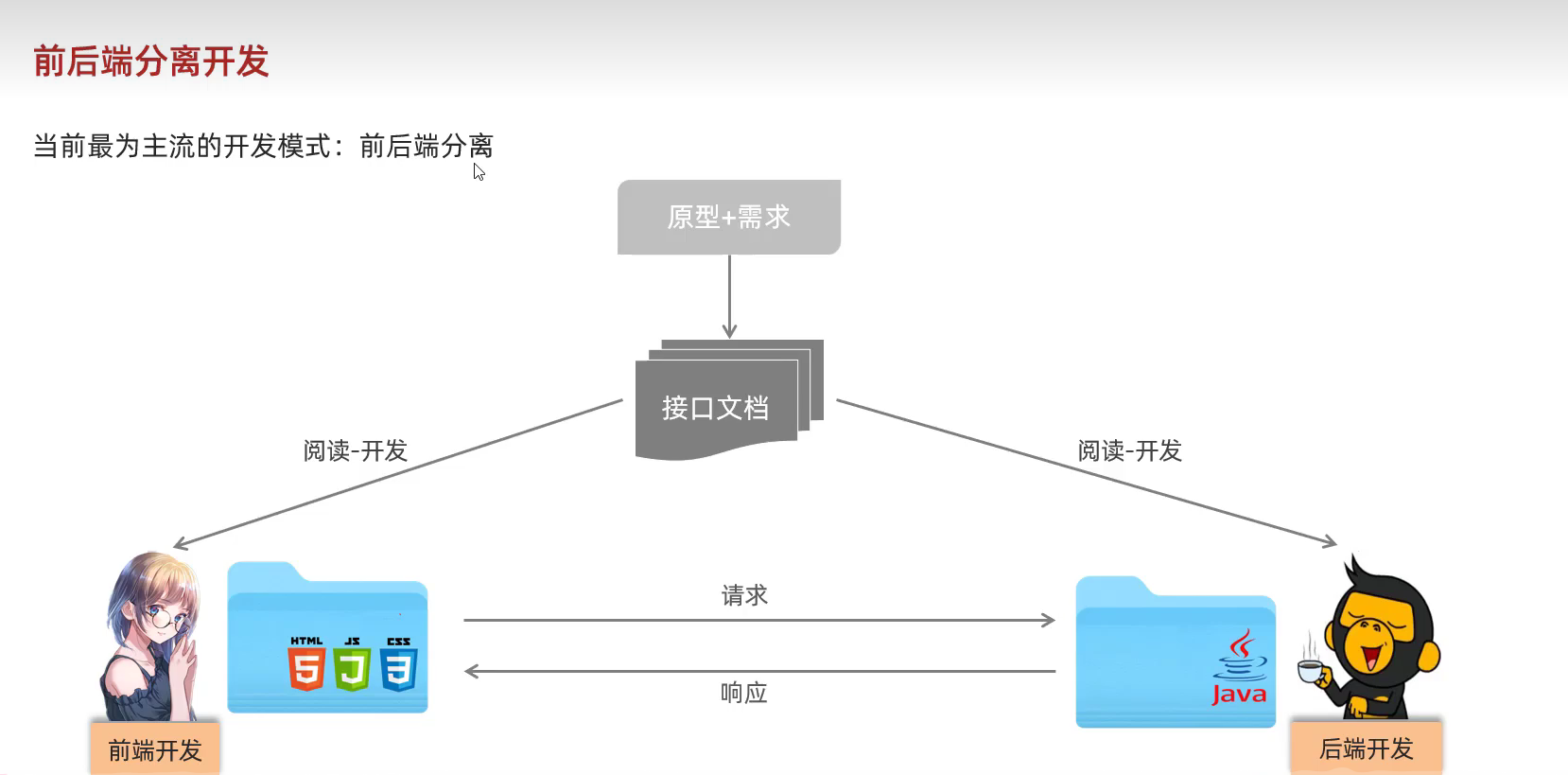
- 工具:postman
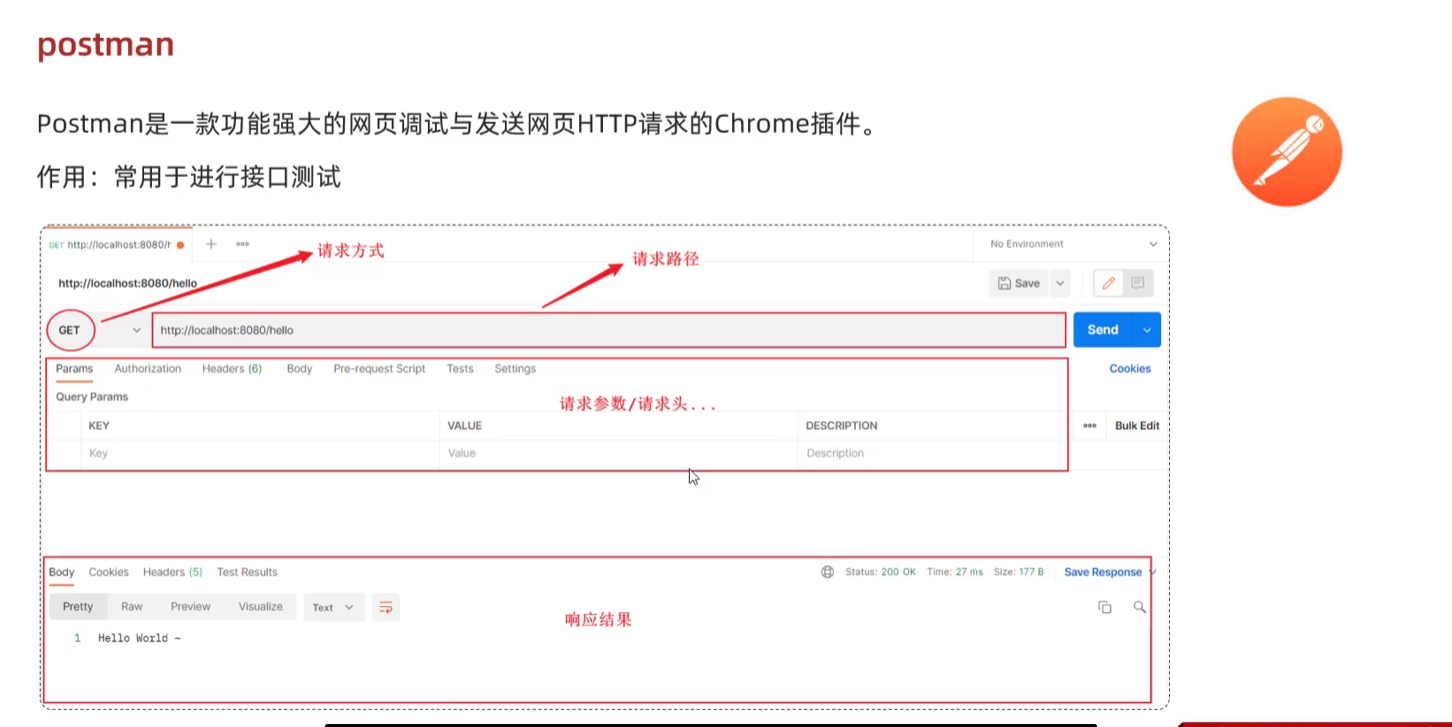
- 安装步骤:可按照该步骤进行
- 创建项目:
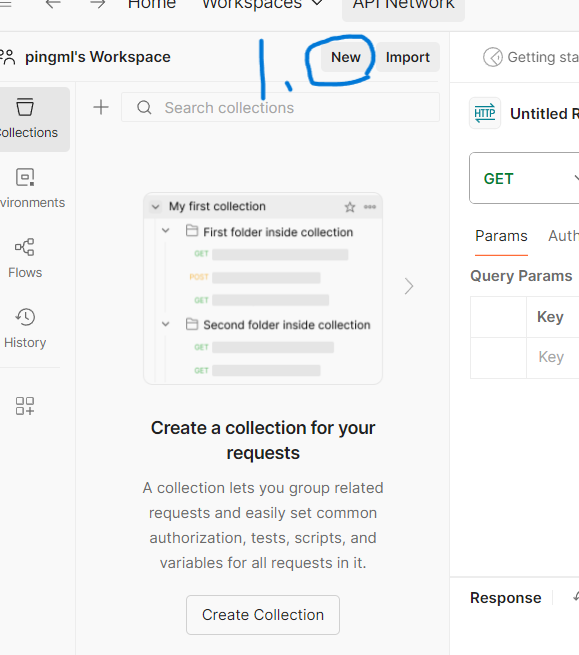

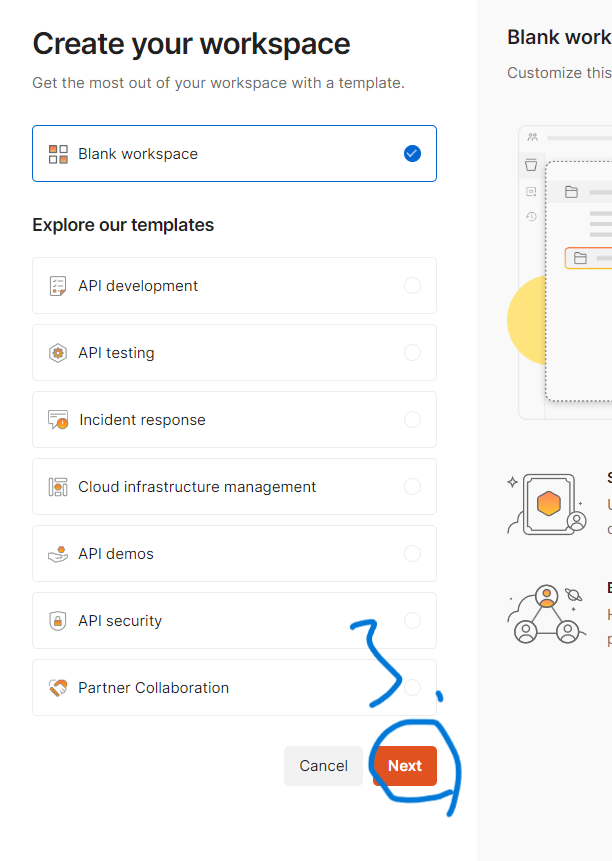
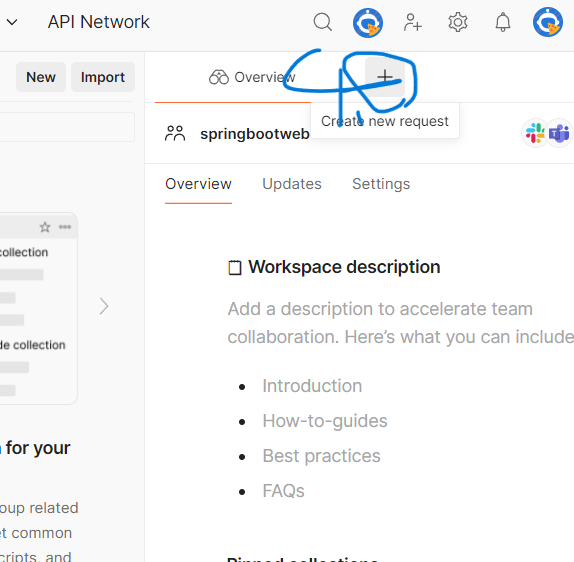
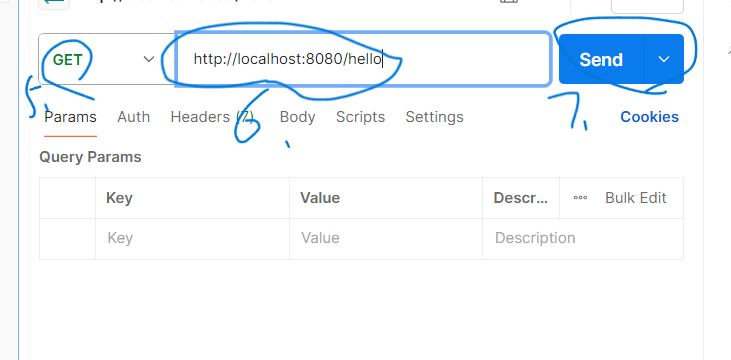
- 创建项目:
- 更改别名,文件夹设置
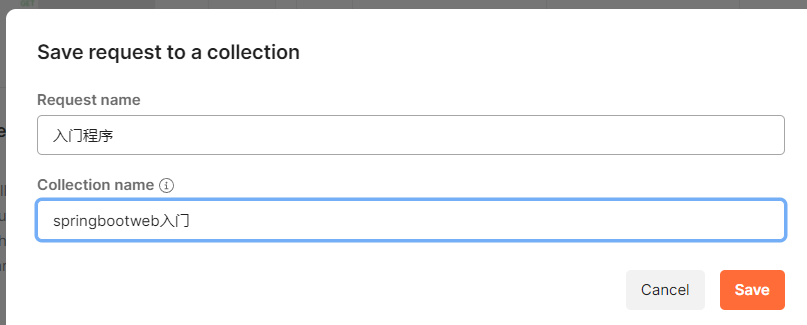
5.简单参数的接收
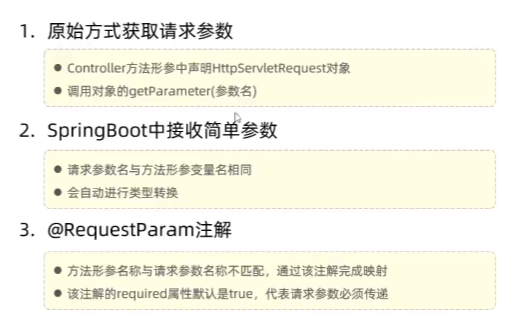
- 简单参数

- springboot方式
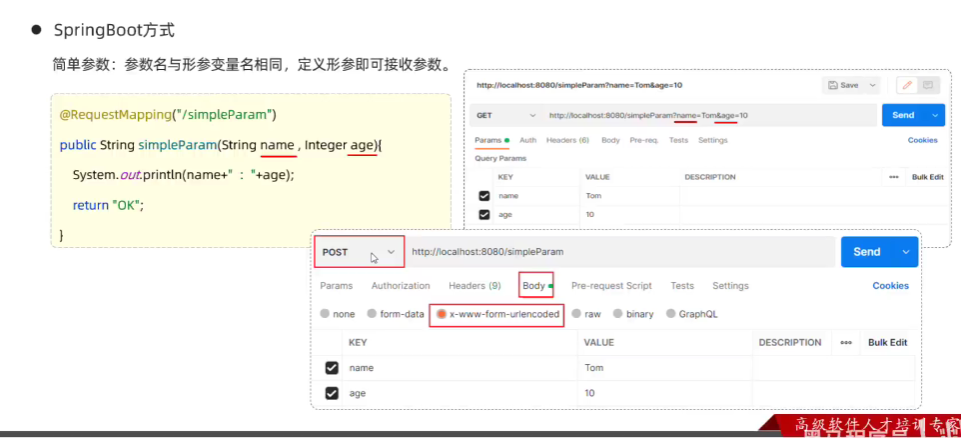


package com.example.springboot_web_start.controller;import jakarta.servlet.http.HttpServletRequest;import org.springframework.web.bind.annotation.RequestMapping;import org.springframework.web.bind.annotation.RequestParam;import org.springframework.web.bind.annotation.RestController;@RestControllerpublic class RequestController { //springmvc方式// @RequestMapping(\"simpleParam\")// public String simpleParam(HttpServletRequest request){// String name = request.getParameter(\"name\");// String ageStr = request.getParameter(\"name\");// int age = Integer.parseInt(ageStr);// System.out.println(name + \" \" + age);// return \"success\";// } //################################################# //springboot方式// @RequestMapping(\"simpleParam\")// public String simpleParam(String name, Integer age){//// System.out.println(name + \" \" + age);// return \"success\";// } //################################################# //当方法形参名称和请求参数名称不匹配的时候,使用@RequestParam注解 @RequestMapping(\"simpleParam\") public String simpleParam(@RequestParam(name=\"name\") String username, Integer age){ System.out.println(username + \" \" + age); return \"success\"; }}6.实体参数的接收
- 规则:请求参数名和形参对象属性名相同
- 简单实体参数
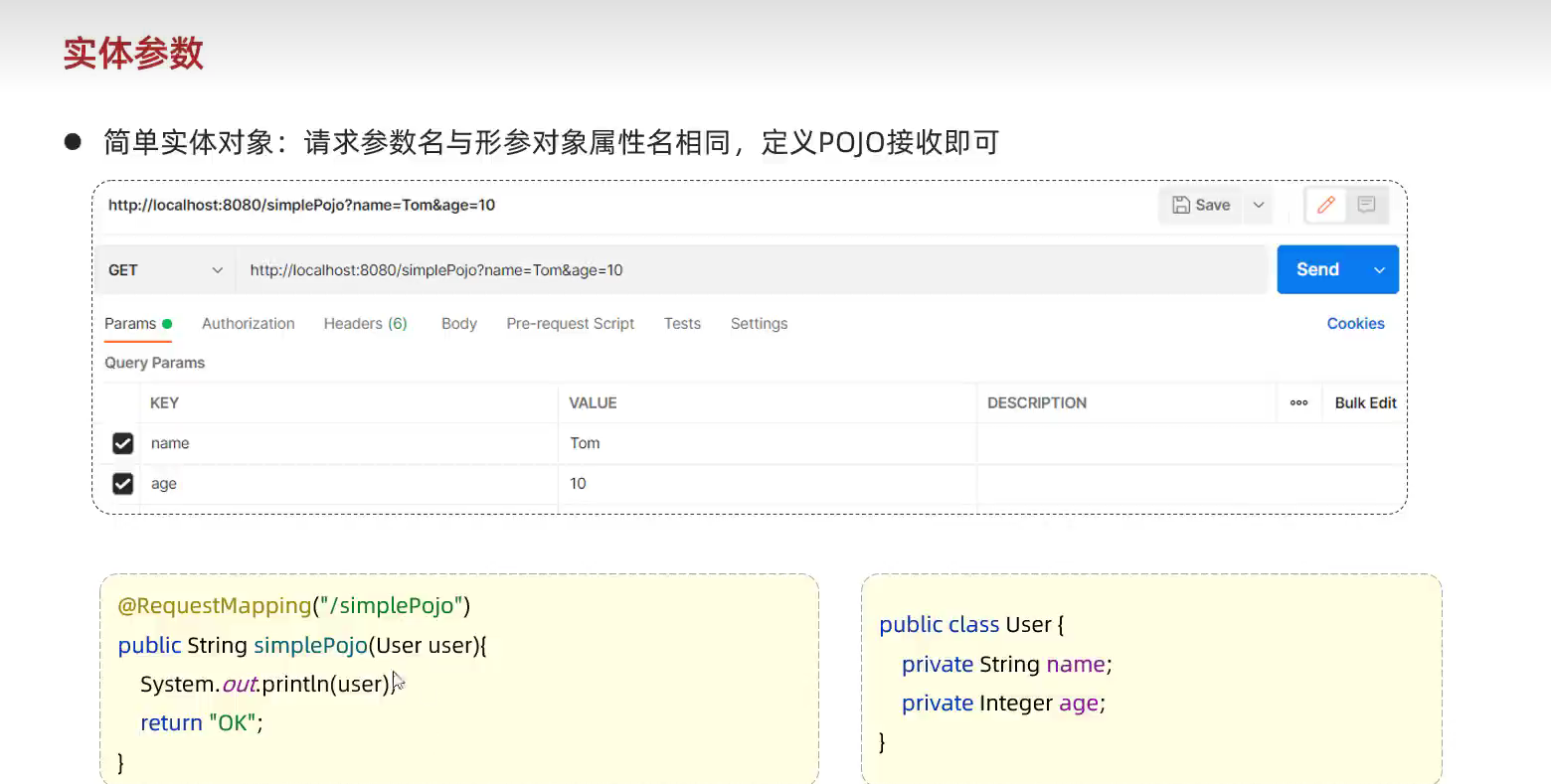
package com.example.springboot_web_start.pojo;public class User { private String name; private int age; public String getName() { return name; } public void setName(String name) { this.name = name; } public int getAge() { return age; } public void setAge(int age) { this.age = age; } @Override public String toString() { return \"User{\" + \"name=\'\" + name + \'\\\'\' + \", age=\" + age + \'}\'; }}///////////////////////////////////////////////////////////////////////////////////////////package com.example.springboot_web_start.controller;import com.example.springboot_web_start.pojo.User;import jakarta.servlet.http.HttpServletRequest;import org.springframework.web.bind.annotation.RequestMapping;import org.springframework.web.bind.annotation.RequestParam;import org.springframework.web.bind.annotation.RestController;@RestControllerpublic class RequestController { //2.实体参数 @RequestMapping(\"simplePojo\") public String simplePojo(User user){ System.out.println(user); return \"success\"; }}- 复杂实体参数
package com.example.springboot_web_start.pojo;public class Address { private String address; private String city; public String getAddress() { return address; } public void setAddress(String address) { this.address = address; } public String getCity() { return city; } public void setCity(String city) { this.city = city; } @Override public String toString() { return \"Address{\" + \"address=\'\" + address + \'\\\'\' + \", city=\'\" + city + \'\\\'\' + \'}\'; }}//////////////////////////////////////////////////////////////////////////////////////////package com.example.springboot_web_start.pojo;public class User { private String name; private int age; private Address address; public Address getAddress() { return address; } public void setAddress(Address address) { this.address = address; } public String getName() { return name; } public void setName(String name) { this.name = name; } public int getAge() { return age; } public void setAge(int age) { this.age = age; } @Override public String toString() { return \"User{\" + \"name=\'\" + name + \'\\\'\' + \", age=\" + age + \", address=\" + address + \'}\'; }}//////////////////////////////////////////////////////////////////////////////////////////////////////////////////////////////////////////////////////package com.example.springboot_web_start.controller;import com.example.springboot_web_start.pojo.User;import jakarta.servlet.http.HttpServletRequest;import org.springframework.web.bind.annotation.RequestMapping;import org.springframework.web.bind.annotation.RequestParam;import org.springframework.web.bind.annotation.RestController;@RestControllerpublic class RequestController { //复杂实体参数 @RequestMapping(\"complexPojo\") public String complexPojo(User user){ System.out.println(user); return \"success\"; }}7.数组集合参数
- 数组:请求参数名和形参中的数组变量名相同,可以直接使用数组封装
- 请求参数名和形参中集合变量名相同,通过@RequestParam绑定参数关系
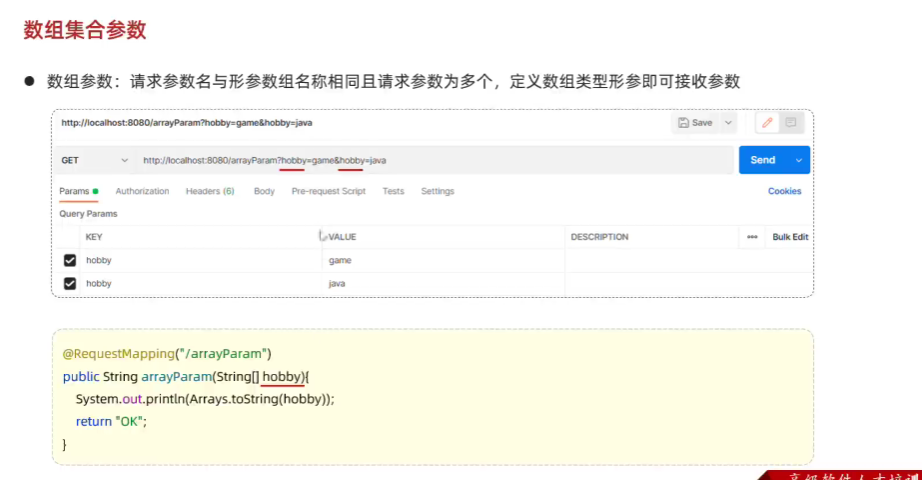
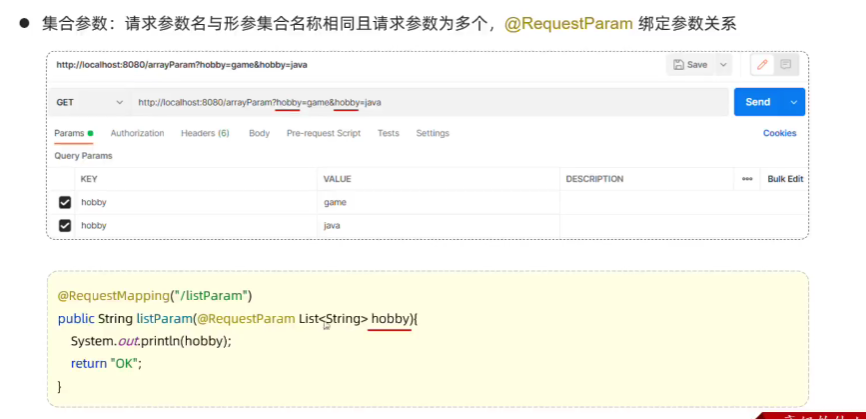
//3.数组参数 @RequestMapping(\"arrayParam\") public String arrayParam(String[] hobby){ System.out.println(Arrays.toString(hobby)); return \"success\"; } //集合参数 @RequestMapping(\"listParam\") public String listParam(@RequestParam(name=\"hobby\") List<String> hobby){ System.out.println(hobby); return \"success\"; }8.日期参数
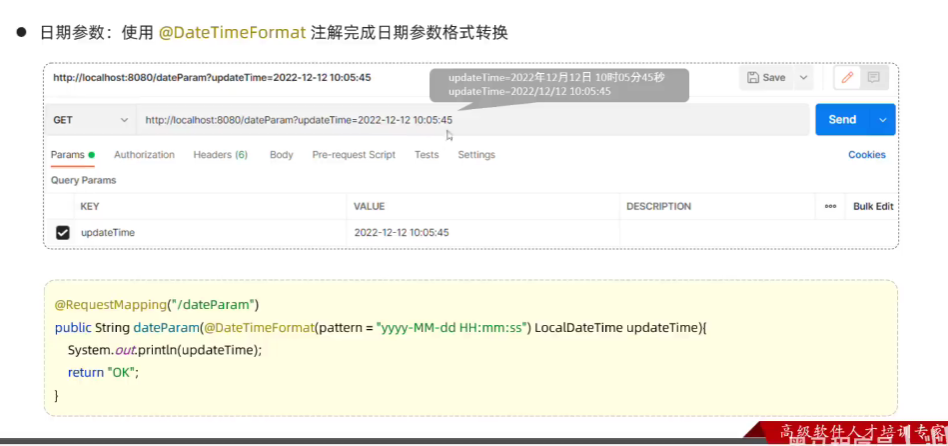
//4.日期时间参数 @RequestMapping(\"dateParam\")//指定请求路径 public String dateParam(@DateTimeFormat(pattern =\"yyyy-MM-dd HH:mm:ss\") LocalDateTime updateTime){ System.out.println(updateTime); return \"success\"; }9.JSON参数
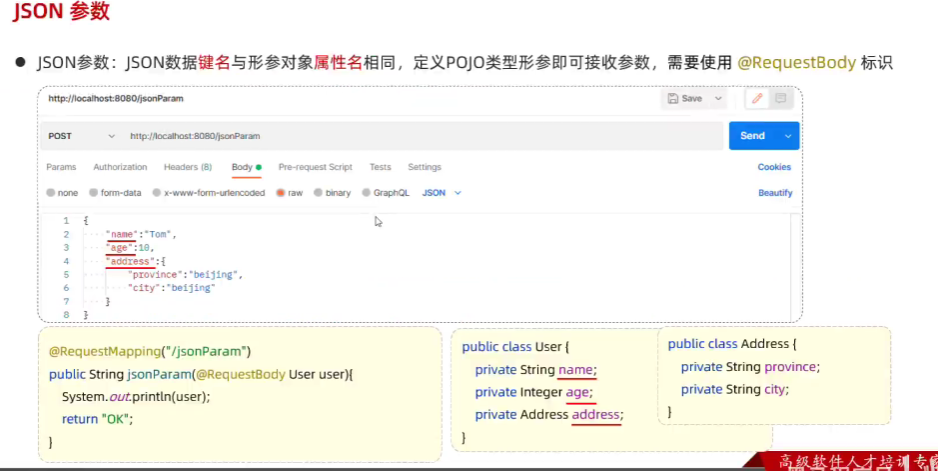
//JSON参数 @RequestMapping(\"jsonParam\") public String jsonParam(@RequestBody User user){ System.out.println(user); return \"success\"; }10.路径参数
- 一个参数

- 多个参数

//6.路径参数 @RequestMapping(\"pathVariable/{id}\")//指定请求路径 public String pathVariable(@PathVariable Integer id){ System.out.println(id); return \"success\"; } //多个参数 @RequestMapping(\"pathVariable/{id}/{name}\")//指定请求路径 public String pathVariable(@PathVariable Integer id, @PathVariable String name){ System.out.println(id + \" \" + name); return \"success\"; }- 总结
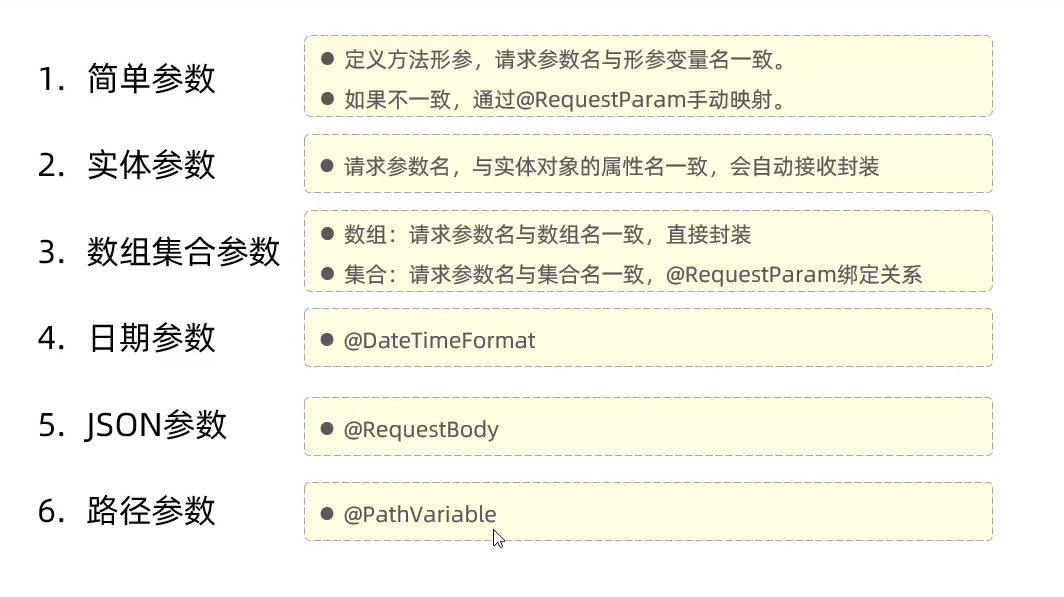
11.响应
- @ResponseBody
- 位置:Controller类上/方法上
- 作用:将方法返回值直接响应,若返回值类型是 实体对象/集合 转JSON格式
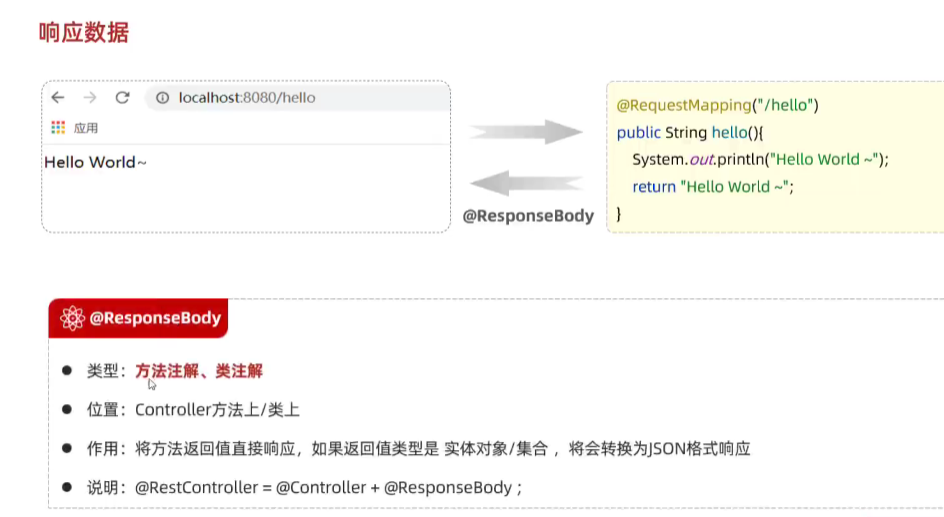
- 响应回去的数据没有规范:不方便管理
package com.example.springboot_web_start.controller;import com.example.springboot_web_start.pojo.Address;import org.springframework.web.bind.annotation.RequestMapping;import org.springframework.web.bind.annotation.RestController;import java.util.ArrayList;import java.util.List;@RestControllerpublic class ResponseController { //返回字符串 @RequestMapping(\"/hello\") public String hello(){ System.out.println(\"hell\"); return \"hello\"; } //返回对象 @RequestMapping(\"/getAddr\") public Address getAddr(){ Address address = new Address(); address.setCity(\"北京\"); address.setAddress(\"长安街\"); return address; } //返回list集合 @RequestMapping(\"/getAddrList\") public List<Address> getAddrList(){ List<Address> addressList = new ArrayList<>(); Address address1 = new Address(); address1.setCity(\"北京\"); address1.setAddress(\"长安街\"); addressList.add(address1); Address address2 = new Address(); address2.setCity(\"上海\"); address2.setAddress(\"南京路\"); addressList.add(address2); return addressList; }}- 方法:同一响应结果
- Result(code ,msg ,data)
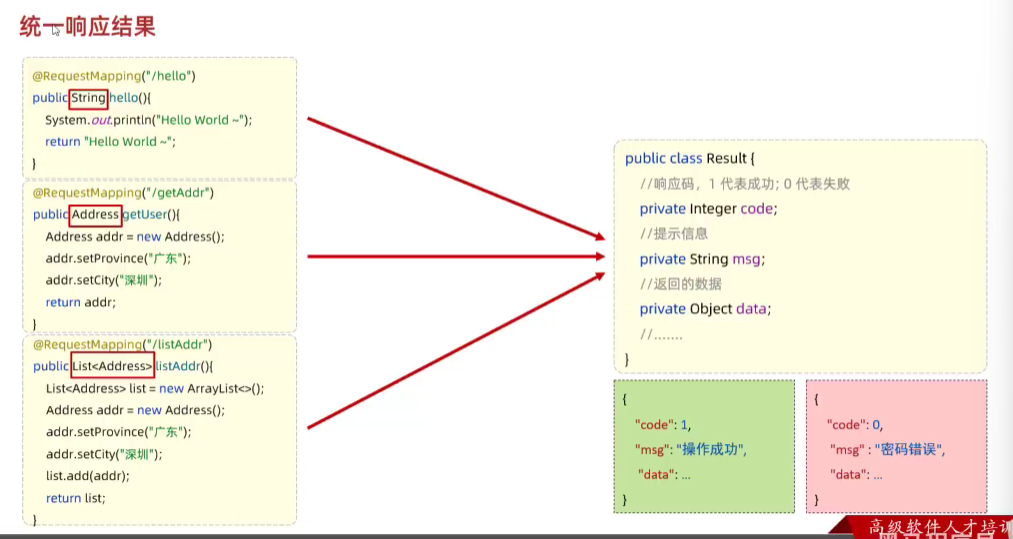
package com.example.springboot_web_start.pojo;/*统一响应结果封装类*/public class Result { private Integer code;//1 成功 0 失败 private String msg;//提示信息 private Object data;//返回数据 public Result() { } public Result(Integer code, String msg, Object data) { this.code = code; this.msg = msg; this.data = data; } public Integer getCode() { return code; } public void setCode(Integer code) { this.code = code; } public String getMsg() { return msg; } public void setMsg(String msg) { this.msg = msg; } public Object getData() { return data; } public void setData(Object data) { this.data = data; } public static Result success(Object data){ return new Result(1,\"操作成功\",data); } public static Result error(Object data){ return new Result(0,\"操作失败\",null); } public static Result error(String msg,Object data){ return new Result(0,msg,null); } @Override public String toString() { return \"Result{\" + \"code=\" + code + \", msg=\'\" + msg + \'\\\'\' + \", data=\" + data + \'}\'; }}////////////////////////////////////////////////////////////////////////////////////////////////////////////////////////////////////返回字符串@RequestMapping(\"/hello\")public Result hello(){ System.out.println(\"hell\");// return new Result(1,\"success\",\"hello\"); return Result.success(\"hello\");} //返回对象 @RequestMapping(\"/getAddr\") public Result getAddr(){ Address address = new Address(); address.setCity(\"北京\"); address.setAddress(\"长安街\"); return Result.success(address); } //返回list集合 @RequestMapping(\"/getAddrList\") public Result getAddrList(){ List<Address> addressList = new ArrayList<>(); Address address1 = new Address(); address1.setCity(\"北京\"); address1.setAddress(\"长安街\"); addressList.add(address1); Address address2 = new Address(); address2.setCity(\"上海\"); address2.setAddress(\"南京路\"); addressList.add(address2); return Result.success(addressList); }- 统一响应案例
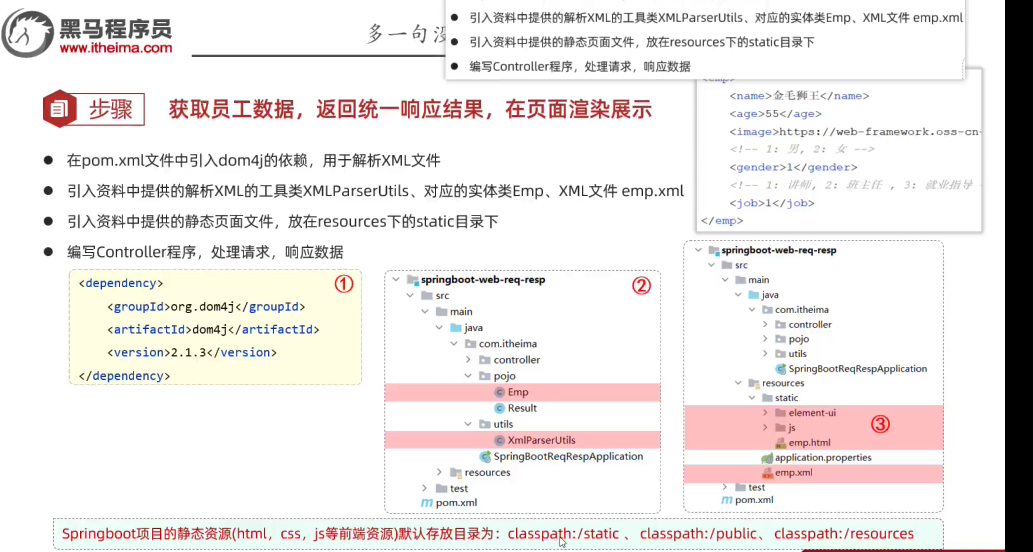
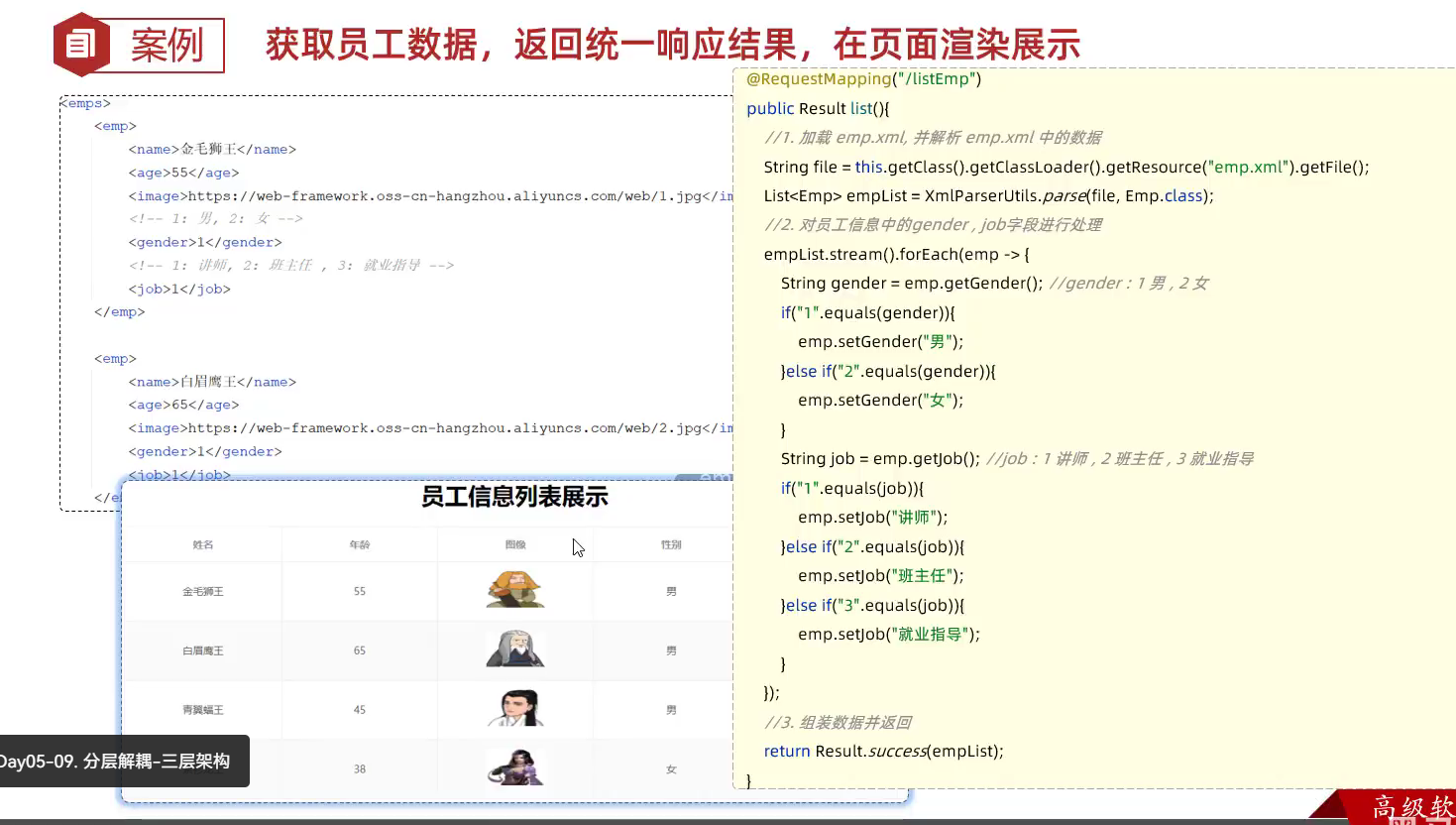
12.分层解耦
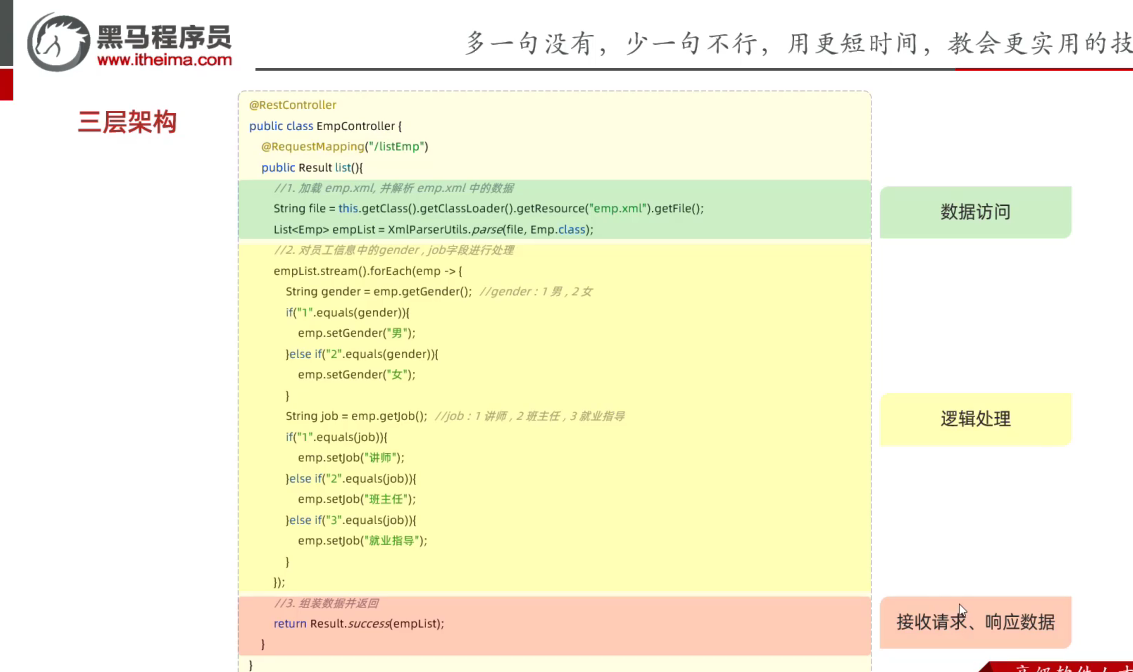

- 分层后代码
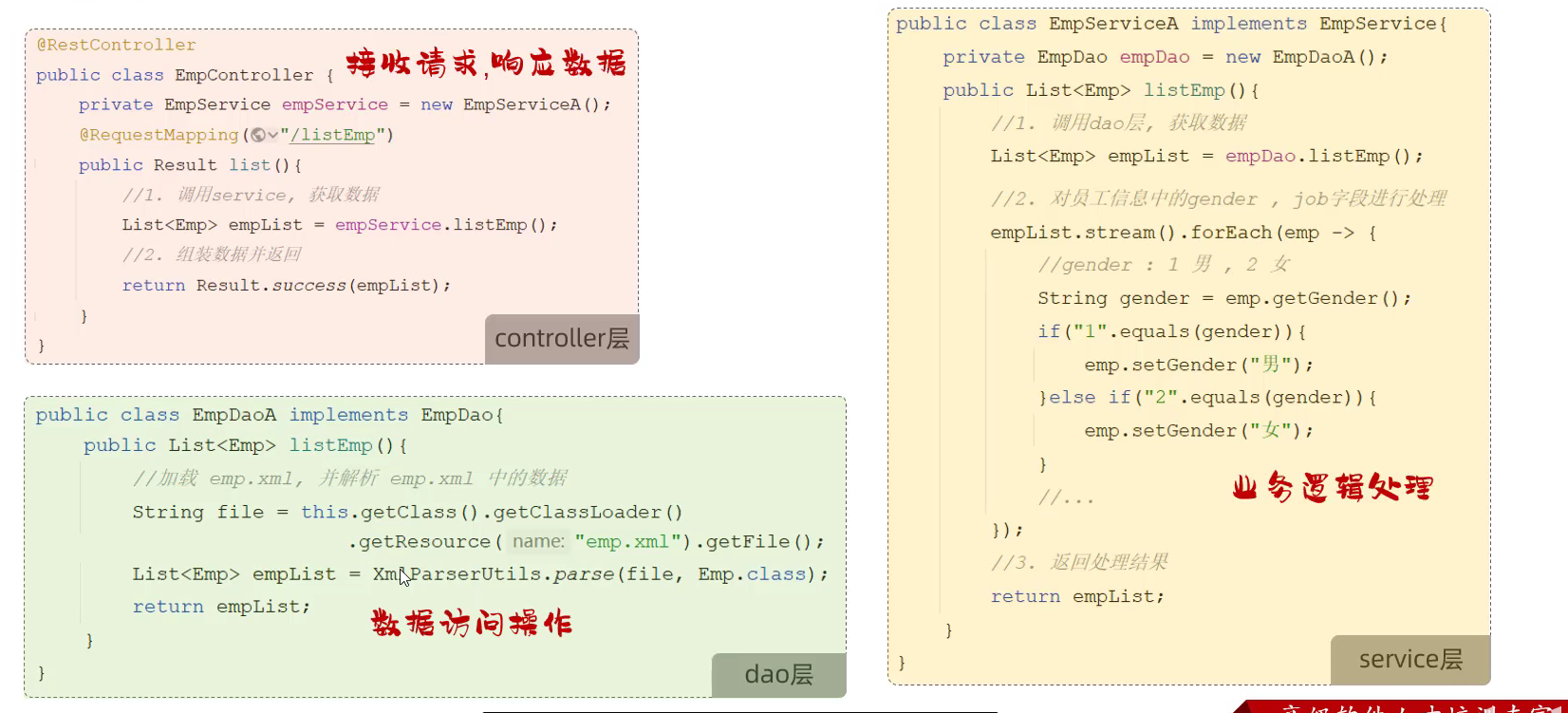
- 内聚:软件中各个功能模块内部的功能联系
- 耦合:衡量软件中各个层/模块之间的依赖,关联的程度
- 软件设计原则:高内聚低耦合
- 高内聚:模块内部的功能联系越紧密越好(在一个模块中只存放与该模块有关的相关处理)
- 低耦合: 降低层与层之间/模块与模块之间的依赖关联
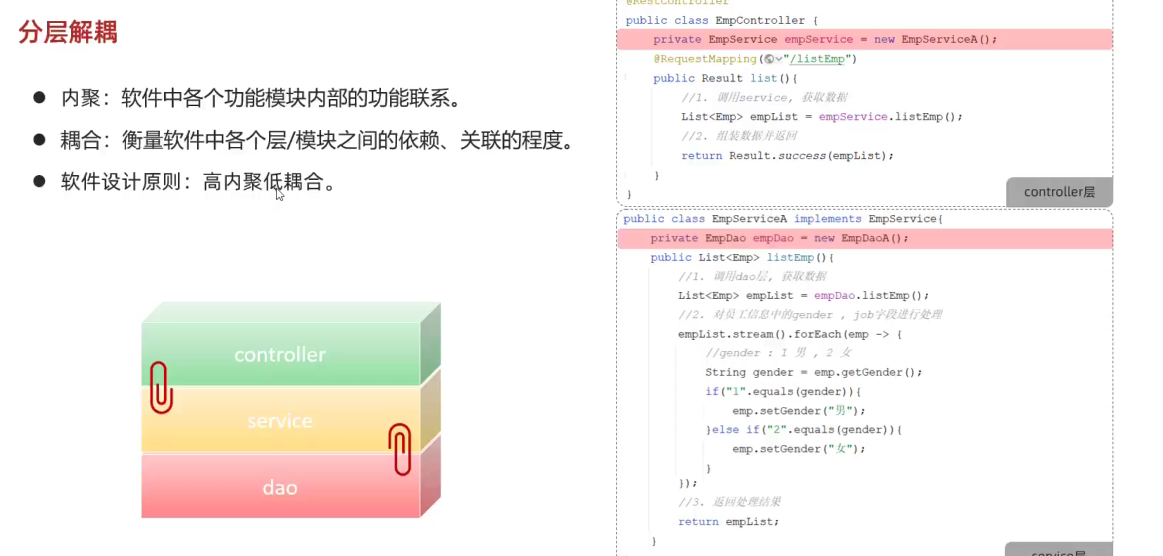
- IOC 与 DI入门

- 解耦例子
- @Component(控制反转) //将当前类交给IOC容器管理,成为IOC容器中的 bean
- @Autowired(依赖注入) //运行时,IOC容器会提供该类型的bean对象,并赋值给该变量
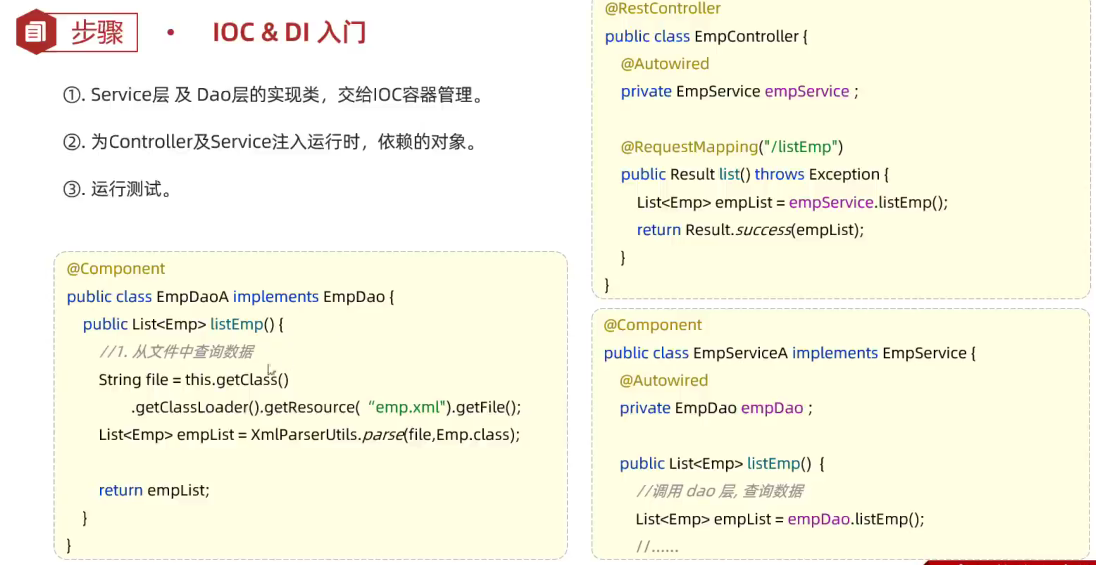
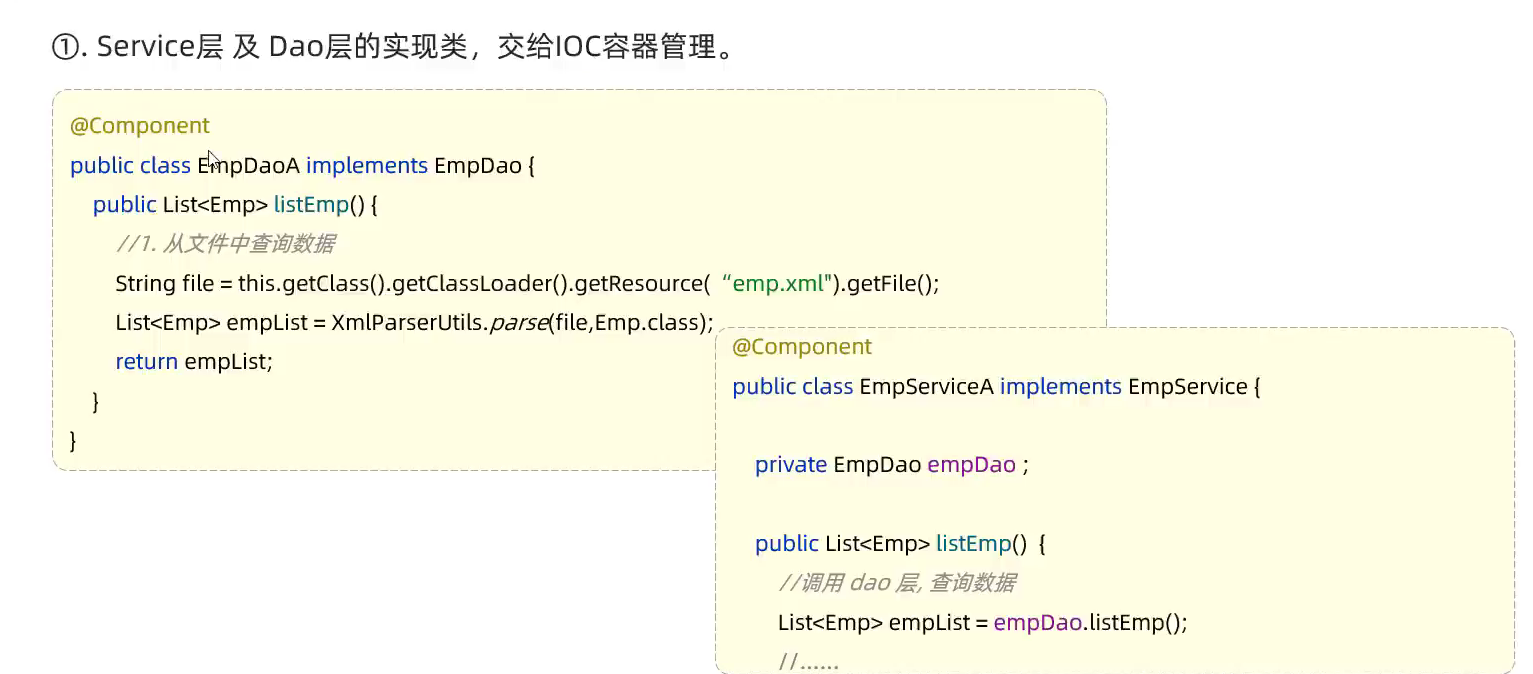
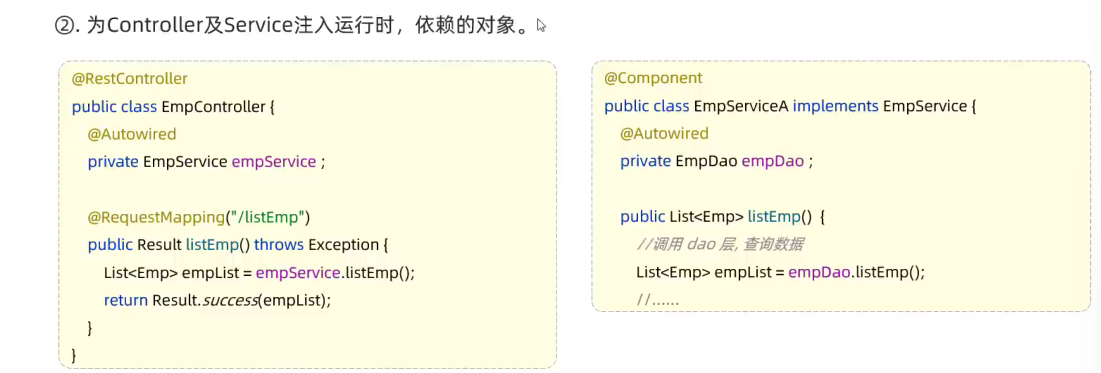
- IOC详解
- 指将对象的控制权交给IOC容器,由IOC容器来创建及管理这些对象,ioc中的对象也称为bean对象,@component可以用来声明一个bean对象
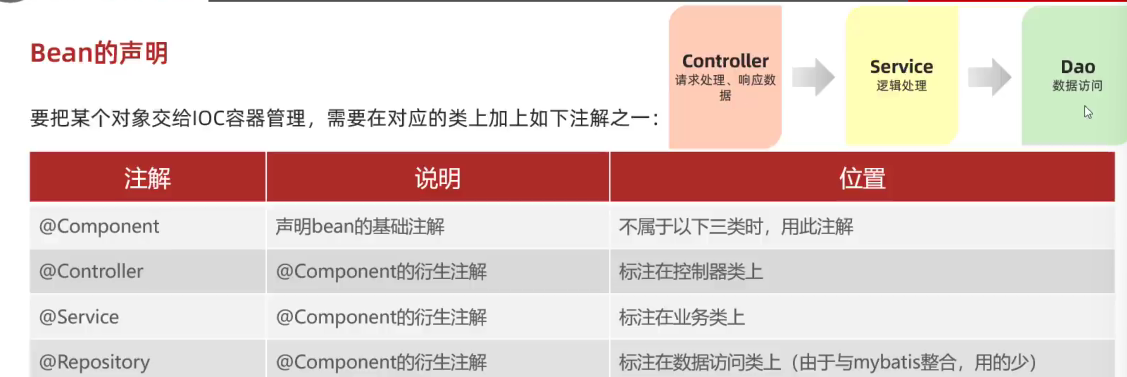
- @Controller,@Service,@Repository 分别对应Controller,Service,Dao层的注解;@Component用于不属于这三个在内的


- DI详解




